#beautiful pill woodlouse
Photo










Beautiful pill woodlouse, Armadillidium pulchellum, Armadillidiidae
Found in Europe
Photos 1-3 by alexis_orion, 4-5 by kazimierasmartinaitis, 6-8 by gillessanmartin, and 9-10 by alexis_orion
#animals#curators on tumblr#bugs#crustaceans#isopod#woodlouse#pillbug#pill woodlouse#roly poly#beautiful pill woodlouse#Armadillidium#Armadillidiidae#one nice bug
381 notes
·
View notes
Text
Portal Isopod AU
Chell

A lovely spanish orange isopod!
Wheatley
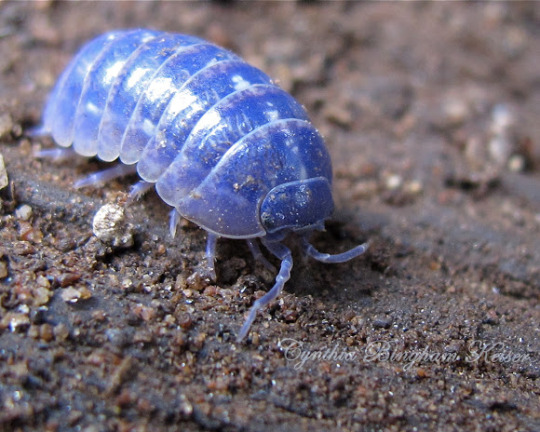
Literally just a normal pillbug but he’s got the virus that turns them blue
GLaDOS
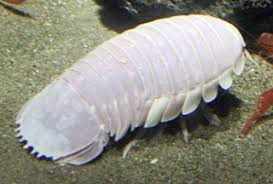
Deep sea isopod! These guys can grow up to a foot long! They also. Exclusively eat meat.
Space Core

A pretty standard pill woodlouse, except he has dots that look like stars!
Adventure Core
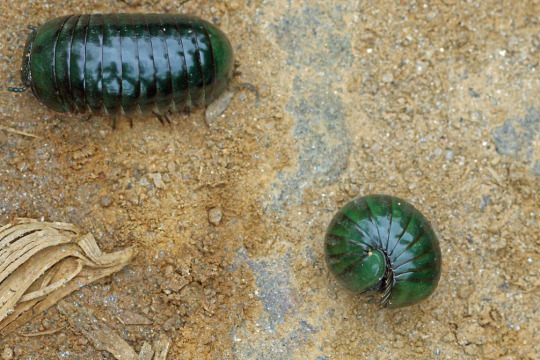
Rick would be a giant Madagascan Emerald Isopod. He’d certainly like to look tougher than he is!
Fact Core
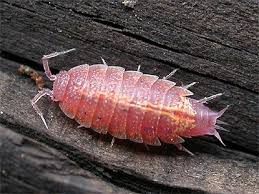
I think he’d be the rosy woodlouse - this is the closest I could find to his color.
Cave Johnson
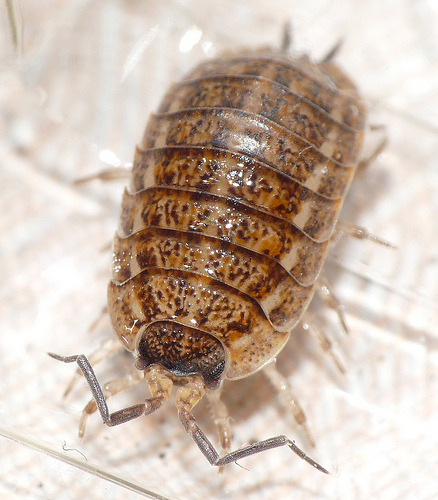
This one reminded me of the pattern on his tie.
Caroline

This red pillbug is beautiful and elegant, just like Caroline!
Doug

I think the color pattern on the Dairy Cow Isopod suits Doug pretty well.
#portal#portal 2#tw bugs#isopod#chell#glados#wheatley#tw bug#you guys don't even want to know the story#about how i got so obsessed with isopods#i became infamous at school in 7th grade#caroline#cave johnson#rick#adventure core#fact core#space core#tw insect#tw insects
440 notes
·
View notes
Text
AX2222 - Creating a woodland creature: research
In order to create a design for an animated woodland creature, research into existing woodland creatures was necessary. I wanted to avoid making a mammal, so focused primarily on birds; my reasoning being that a significant proportion of animated characters based on animals tend to be mammals. For example, Mr. Fox from Fantastic Mr. Fox is, unsurprisingly, based on a fox, Simba from The Lion King is based on a lion, Sonic The Hedgehog is based on a hedgehog etc.
One of the reasons that mammals are common subjects is that as mammals ourselves we are capable of more easily associating with creatures that share similar body plans. You could look at the expression of a lion and be able to guess what it’s thinking about. However, to the human eye, creatures such as lizards, and indeed birds, are much less facially expressive naturally, not that it’s impossible to see it though. This is, however, my personal observations. I was unable to find a study to back up my claim.
My first, and for a while favourite, idea was to base a character on the Red Capped Manakin; a small, tropical, forest bird whose closest relations in the United Kingdom include birds such as the Great tit, Blue tit, and Coal tit, all of which belong to the Order Passerine.

I particularly like this bird because it is my opinion it has a very unique look: a bright red head contrasting with its dark black body and white-blue irises, added to this is the bright yellow colouration of the tail feathers.
What is more, this bird is capable of performing a remarkable shuffling dance along branches, which I have often seen referred to as the moon walking of the bird world. It uses its skills in dance to attract females, and dissuade rival male birds. (McDevitt et al., 2019)
Continuing with the theme of brightly coloured birds, I next turned to the UK’s Green Woodpecker. Woodpeckers are a remarkable group of animals in and of themselves; with a spongy mass at the base of their bills to soften the impacts as they drill into wood, and a dexterous tongue that is of such extraordinary length that it is necessary for it to wrap around the top of their skull. But what set the Green woodpecker apart for me was a combination of its almost fully green body, a colour pallet not commonly found on birds native to the UK, and it’s call; which sounds like a mocking laugh. (The RSPB, 2019)
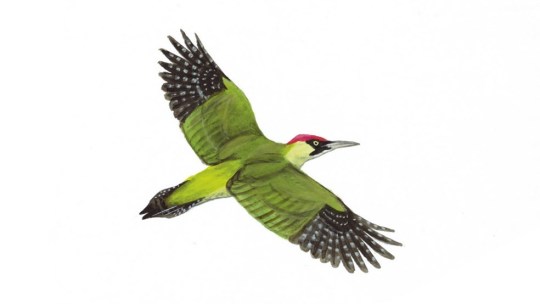
The next bird I looked into for my research also has a green body and brightly coloured cap, but is almost four times smaller than the Green Woodpecker: the Goldcrest, the UK’s smallest bird. The Goldcrest likes to seclude itself in arboreal conifers for large portions of their lives. As such, while the RSPB classifies them as a common bird, many people don’t see them. Furthermore they sing at such a high pitch that people start to lose the ability to hear them around the age of 40. (The RSPB, 2019)
Reclusive, this bird enjoys a life missed by large portions of the population.

Another bird that shies away from humanity that I researched was the Jay. Like the Goldcrest, Jays are secretive, and masters of not being seen. While they belong to the crow family they are much more colourful than their more boisterous cousins; adopting a wooden pallet of light brown, black, and white, with their most striking feature being the glossy bright blue flash on the leading edge of their wings. (The RSPB, 2019)
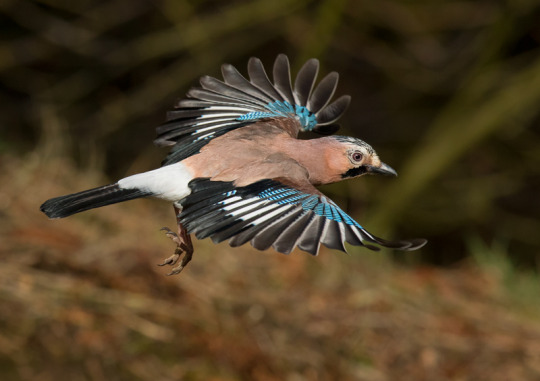
Another interesting trait of the Jay is their symbiotic relationship with the Oak tree. During the autumn the Jay begin its preparations for the winter, a time where food is very scarce. It gathers acorns and buries them, memorising the local landmarks and distances from them so that it can dig them up later. However, much like humans, it does not have a perfect memory and so will forget about some of the acorns it buries. As such new oak saplings will begin to sprout from where the Jay had buried them in the previous autumn.
For variety I also did research into a number of other animals from different walks of life. Firstly a representative of the Phylum Arthropod. A Phylum is a group of animals with a defining body plan: all mammals are Chordates, coniferous plants are Pinophyta, and insects such as the woodlouse belongs to Arthropoda.
In the UK alone there are 9 types of terrestrial woodlouse, though one species I found to be of particular interest was the Pill Woodlouse. It has an interesting defence mechanism that it shares with Hedgehogs, Armadillos, and Pangolins: when threatened it curls up into a tight ball, leaving its smooth defensive plating as the only part of the animal exposed. When left to its own devices it will scavenge dead organic matter to consume. (Nature Spot, 2019)

Next, I decided to move onto mammals. After much consideration I decided to start research into the Pine Marten: a small, weasel-like mammal that pursues a semi arboreal life largely thanks to its semi-retractable claws, a trait unique to Martens in their family class.

Opportunistic, the Pine Marten will consume most creatures smaller than it, including birds, insects, and smaller mammals, which is not to say that the Pine Marten is limited to live pray as it will happily also scavenge carcases, eggs, and berries. (Wildlifetrusts.org, 2019)
I personally saw potential for a character based on this animal to be an active, interested, opportunist, rather than the typical portrayal of relatives of the weasel to be scheming, conniving and underhanded.
Following this thought process I focused on another animal often portrayed as inherently malevolent: the bat. In this case specifically the Common Pipistrelle. Aeronauts of the night time forest, the Pipistrelle relies on not sight to navigate and hunt its prey, though it does have fully functional eyes, but echolocation: a process of sending out a sound and listening for what sounds echo back to determine how far away something is and how big it is. Dolphins also employ echolocation, and even humans are capable of learning to echolocate. (Wildlifetrusts.org, 2019)

Remaining with creatures that are capable of flight, I returned back to birds, but now with less of a focus on the bright colours of the bird. This time I considered an odd, and rare species of Grouse that is only to be found in the highland woods of Scotland: The Capercaillie. This animal was of note to me for a couple of reasons.
Firstly, without a size reference, to my eye at the very least, images of the bird makes it look deceptively small. In reality it is almost twice the size of the much more common Ring-Necked Pheasant - a bird that most people who live in or visit the countryside will be familiar with. The Ring-Necked Pheasant weighs up to 1.7 Kg, where as the Capercaillie can weigh up to 4.3kg. (Wildlifetrusts.org, 2019)

Secondly, I was attracted to the idea that the bird lives in a very, very specific area of Scotland. So I contemplated the possible outcomes of what would happen if a character based on this animal were to be somehow displaced from the small woodlands that it calls home.
Thirdly, and this it what brought it to my attention in the first place, the animal makes a remarkable noise. The sound is that of a series of glass marbles being dropped down a tube followed by a tape recorder rewinding.
Unfortunately it would be difficult to work in the sound of the Capercaillie into a story where there would be an active character with dialogue.
Finally, we come to the animal I have selected for adaptation: The Bowerbird. Some Bowerbirds create wondrous art to attract a mate, and the two that I focused on were the Satin Bowerbird and the Vogelkop Bowerbird.
The male Satin Bowerbird bears a physical resemblance to the Jackdaws of the United Kingdom, however it’s bill is of a different shape and colour, its feathers have a shimmering blue gloss, and it’s most striking feature is its eye: bright violet in colour. It constructs a Bower in a small flat plane, and then surrounds it with objects of the brightest blue. In nature petals, berries, and feathers were favorite, it would even create a blue paste from fruits to paint with to make things blue. Now, however, the world has changed. The Satin Bowerbird has become a thief of human waste; stealing bottle caps, pen lids, and plastic cutlery to decorate its bower with. Resources far easier to find than blue feathers. (The Australian Museum, 2019)
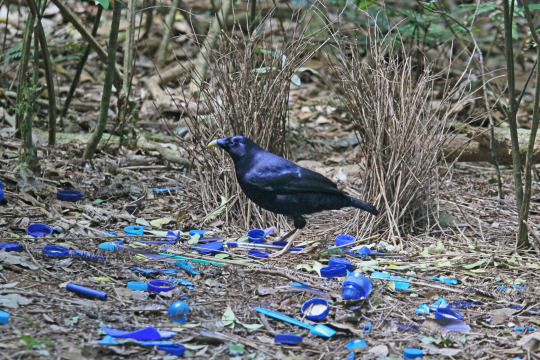
The Vogelkop Bowerbird also gathers objects to show off, but unlike the Satin Bowerbird the Vogelkop Bowerbird is not limited to one colour and as such each display is unique to that animal and it’s tastes. No two displays will be similar, some will be piles of a particular red flower, while others may use beautiful fruits. What is more, is that it spends years of its life creating an art museum made of sticks and twigs for its displays. Truely, the artisan of the bird world. (Life, 2009)

I have several ideas that I intend to develop further surrounding the Bowerbird. A thief who steals something important, an artist that wants to paint with the colours of the world, or even a mixture between the two. However, for now I have a base for a character.
Bibliography:
McDevitt, M., Rodríguez-Flores, C., Soberanes-González, C. and Arizmendi, M. (2019). Red-capped Manakin | Neotropical Birds Online. [online] Neotropical.birds.cornell.edu. Available at: https://neotropical.birds.cornell.edu/Species-Account/nb/species/recman1/overview [Accessed 10 Oct. 2019].
The RSPB. (2019). Green Woodpecker Facts | Picus Viridis - The RSPB. [online] Available at: https://www.rspb.org.uk/birds-and-wildlife/wildlife-guides/bird-a-z/green-woodpecker/ [Accessed 10 Oct. 2019].
The RSPB. (2019). Goldcrest Bird Facts | Regulus Regulus - The RSPB. [online] Available at: https://www.rspb.org.uk/birds-and-wildlife/wildlife-guides/bird-a-z/goldcrest/ [Accessed 10 Oct. 2019].
The RSPB. (2019). Jay Bird Facts | Garrulus Glandarius - The RSPB. [online] Available at: https://www.rspb.org.uk/birds-and-wildlife/wildlife-guides/bird-a-z/jay/ [Accessed 10 Oct. 2019].
Nature Spot. (2019). Common Rough Woodlouse - Porcellio scaber. [online] Available at: https://www.naturespot.org.uk/species/common-rough-woodlouse [Accessed 10 Oct. 2019].
Wildlifetrusts.org. (2019). Pine marten | The Wildlife Trusts. [online] Available at: https://www.wildlifetrusts.org/wildlife-explorer/mammals/pine-marten [Accessed 10 Oct. 2019].
Wildlifetrusts.org. (2019). Common pipistrelle | The Wildlife Trusts. [online] Available at: https://www.wildlifetrusts.org/wildlife-explorer/mammals/common-pipistrelle [Accessed 11 Oct. 2019].
Wildlifetrusts.org. (2019). Capercaillie | The Wildlife Trusts. [online] Available at: https://www.wildlifetrusts.org/wildlife-explorer/birds/grouse-partridges-pheasant-and-quail/capercaillie [Accessed 12 Oct. 2019].
Life, (2009). [TV programme] BBC One: BBC.
1 note
·
View note
Text

@19silvercrows submitted: i met this little guy at a party today!!!!
i do not know who he is but i’m naming him Jerald
Jerald is extremely large and beautiful! They are a pill woodlouse in the family Armadillidiidae but species would depend on location :)
81 notes
·
View notes
Text
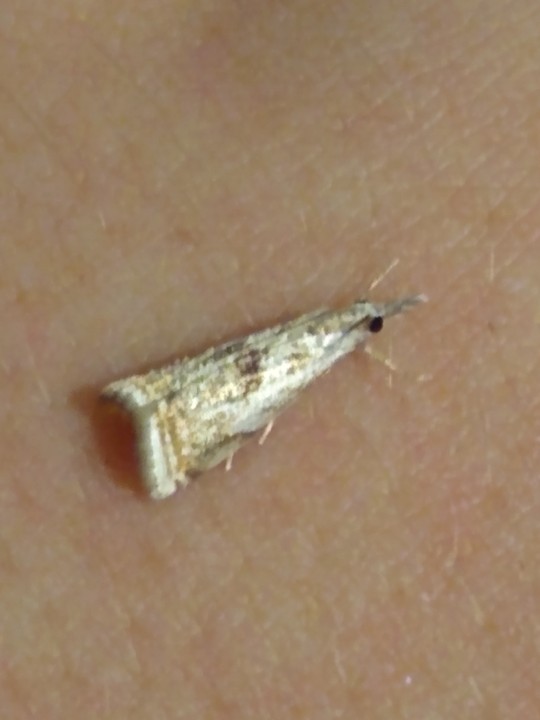

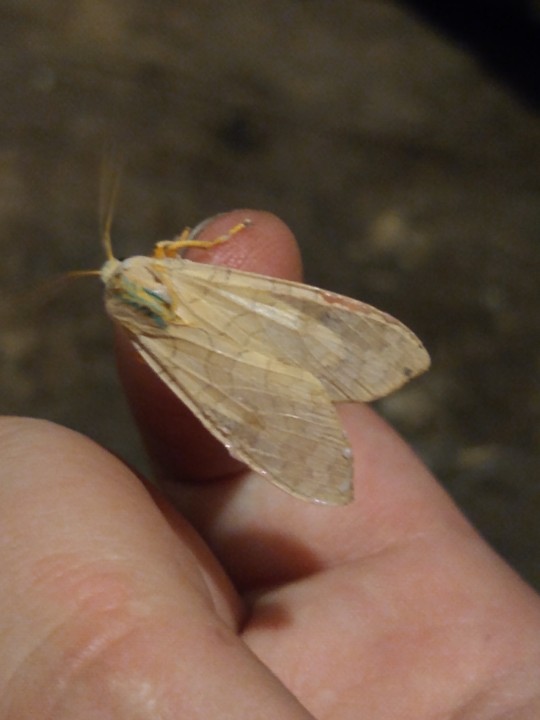



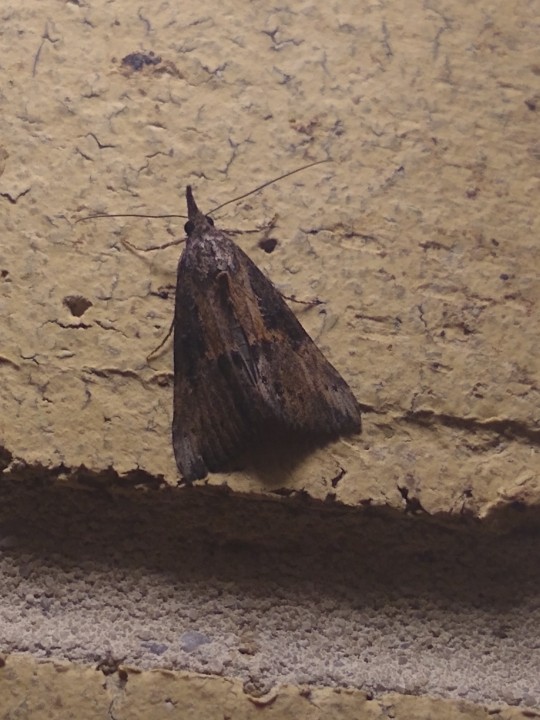
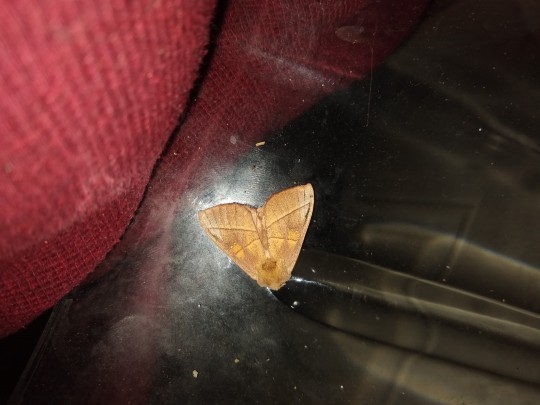
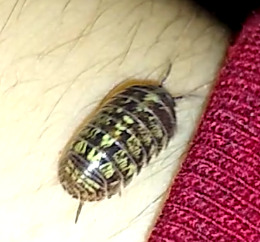
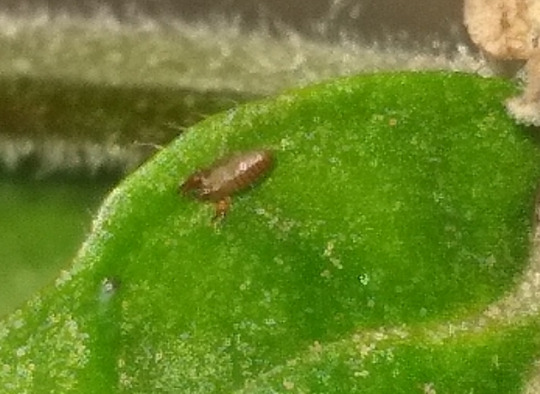
@fragmented-petals submitted: I dunno if Ive submitted any of these wonderful friends before because Ive had several submissions fail but! I know the psuedo scorpion, the interesting morph pillbug, and the black widow lady(who we recently had to (as humanely as possible with a dangerous spider we didnt dare touch) euthinize because she laid an egg sac and there was a child of exceedingly young age in the area who would have been in danger if the babies hatched (I wet preserved her so her beauty would be enjoyed even after death))
West Virginia/Virginia
As far as I know none of these have been submitted! RIP, spidie, but safety first. You could, in the future, just move her and her egg sac elsewhere! Carefully obviously, although healthy adults can be bitten and heal just fine in general, but still not a fun experience I imagine.
Anyway some great friends here! The first is a crambid grass moth, although I don’t know the species offhand, and I don’t recognize the second lil pal either. The third, though, is a banded tussock, and the fourth is a skiff moth. I have to share a photo or two of their caterpillars because they’re cute as heck:
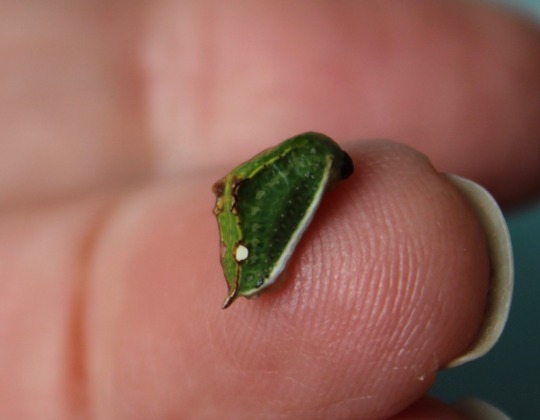

Just a lil nugget!!! Love them. Photos by fiona and macropod
Moving on, the black widow of course, a nice crane fly in Epiphragma, a green cloverworm moth, a white-dotted prominent, that veeeery cute common pill woodlouse with a spotty outfit (which is typical!), and the pseudoscorpion I’ll take your word for since it’s pretty blurry.
Thanks for sharing another big batch of friends!
#animals#insects#bugs#spider#arachnids#submission#bug death#black widow#crambidae#snout moth#green cloverworm moth#white dotted prominent#common pill woodlouse#woodlouse#isopod#pseudoscorpion#caterpillar#larva#banded tussock#skiff moth#crane fly
60 notes
·
View notes